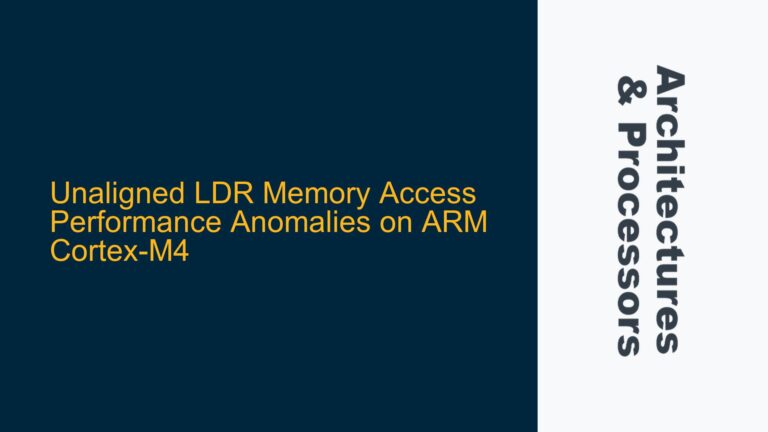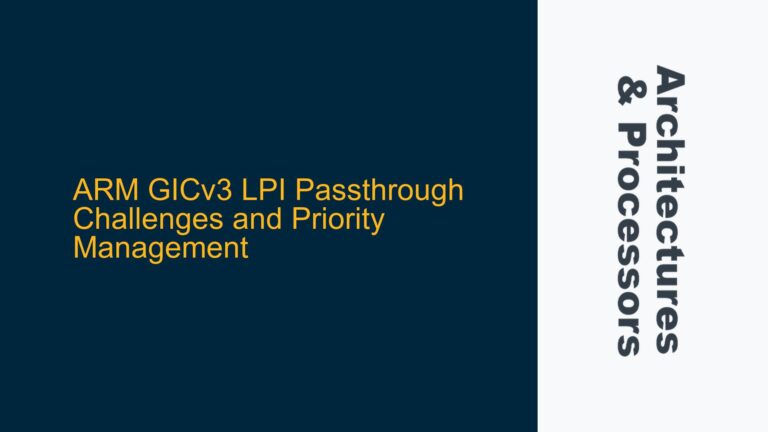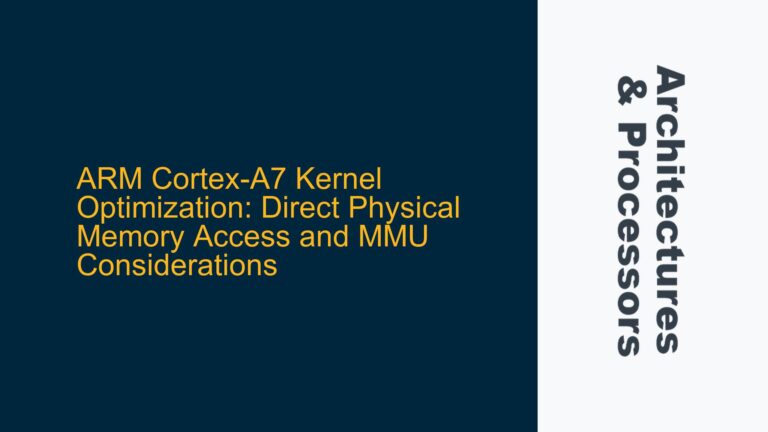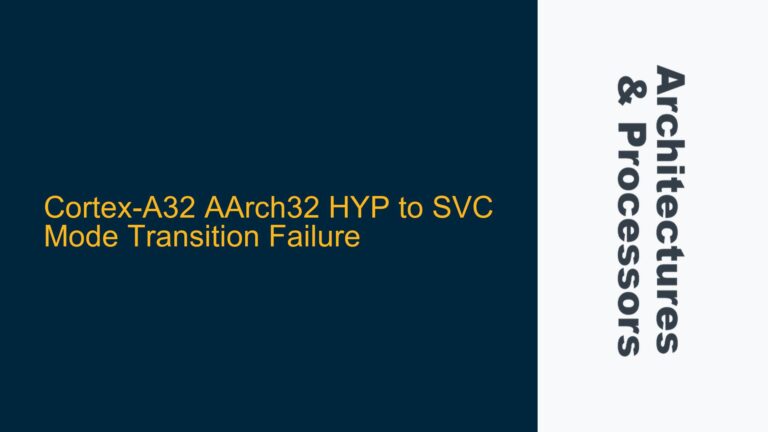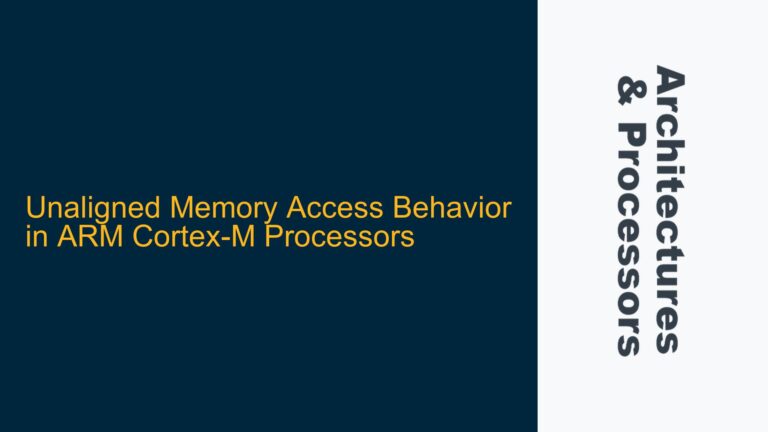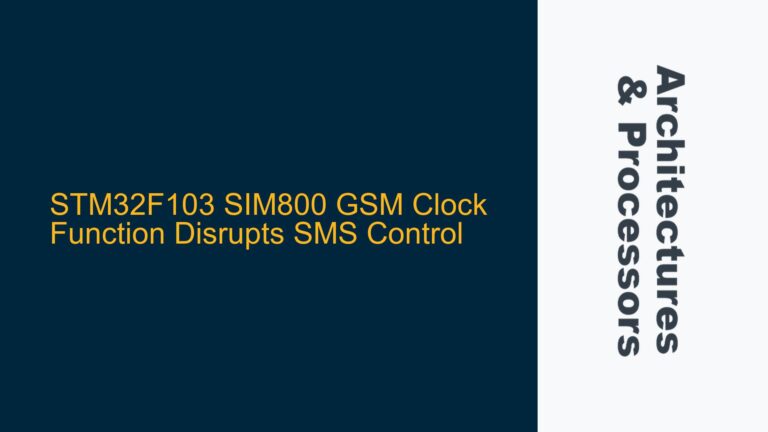ARM Memory Mapping: Flash and SRAM Address Translation
Memory mapping in ARM-based embedded systems is a fundamental concept that enables software to interact with hardware resources such as flash memory, SRAM, peripherals, and other memory-mapped devices. The core idea revolves around translating logical addresses used in software to physical addresses in hardware. For example, when a programmer writes to address 0x20000000 in their code, the system maps this logical address to a specific physical location, such as the starting address of SRAM. Similarly, accessing address 0x00000000 might map to the beginning of flash memory. This translation is managed by a combination of hardware and software components, including the Memory Management Unit (MMU) or Memory Protection Unit (MPU), depending on the ARM core.
The process of memory mapping involves several layers of abstraction. At the hardware level, the ARM processor uses a memory map defined by the system architect. This map assigns specific address ranges to different types of memory and peripherals. For instance, flash memory might occupy the address range 0x00000000 to 0x000FFFFF, while SRAM could be mapped from 0x20000000 to 0x2001FFFF. When software accesses a memory address, the processor uses this predefined map to determine the corresponding physical location.
However, complications arise when software attempts to access an unmapped or invalid address. In such cases, the processor triggers a fault, such as a HardFault or MemManage fault, depending on the ARM core and configuration. Understanding how memory mapping works and how to handle unmapped addresses is critical for developing robust embedded systems.
Memory Management Unit (MMU) Configuration and Address Translation Mechanisms
The Memory Management Unit (MMU) is a hardware component responsible for translating virtual addresses used by software into physical addresses in memory. In ARM architectures, the MMU is typically found in higher-end cores like the Cortex-A series, while simpler cores like the Cortex-M series may use a Memory Protection Unit (MPU) for basic memory protection without full address translation.
The MMU operates using page tables, which define the mapping between virtual and physical addresses. Each entry in the page table specifies the base address of a memory region, its size, and access permissions (e.g., read-only, read-write). When the processor accesses a memory address, the MMU consults the page tables to perform the translation. If the address is unmapped or violates access permissions, the MMU generates a fault.
In systems without an MMU, such as those using Cortex-M processors, memory mapping is static and defined at the hardware level. The linker script plays a crucial role in this process by specifying the memory regions and their corresponding addresses. For example, the linker script might define the following memory regions:
MEMORY
{
FLASH (rx) : ORIGIN = 0x00000000, LENGTH = 512K
SRAM (rwx) : ORIGIN = 0x20000000, LENGTH = 128K
}
This configuration ensures that code and read-only data are placed in flash memory, while read-write data is allocated to SRAM. Any attempt to access an address outside these regions results in a fault.
Handling Unmapped Addresses and Fault Conditions
When software attempts to access an unmapped address, the ARM processor generates a fault. The specific fault type depends on the core and configuration. For example, Cortex-M processors can generate a HardFault, MemManage fault, or BusFault. Cortex-A processors, on the other hand, may trigger a Data Abort or Prefetch Abort.
To diagnose and resolve such issues, developers must first identify the source of the fault. This involves examining the fault status registers, which provide detailed information about the cause of the fault. For instance, the MemManage Fault Status Register (MMFSR) in Cortex-M processors indicates whether the fault was caused by an access violation, an unaligned access, or an invalid memory region.
Once the fault source is identified, developers can take corrective actions. These may include:
- Reviewing the linker script: Ensure that all memory regions are correctly defined and that the application does not attempt to access unmapped addresses.
- Configuring the MPU: In Cortex-M systems, the MPU can be used to enforce memory protection and prevent access to invalid regions.
- Debugging the application: Use a debugger to trace the execution flow and identify the instruction that caused the fault.
- Handling faults in software: Implement fault handlers to log diagnostic information and recover from the fault if possible.
By understanding the memory mapping mechanisms and fault handling procedures, developers can create reliable and efficient embedded systems on ARM architectures. This knowledge is essential for optimizing performance, ensuring security, and debugging complex hardware-software interactions.

